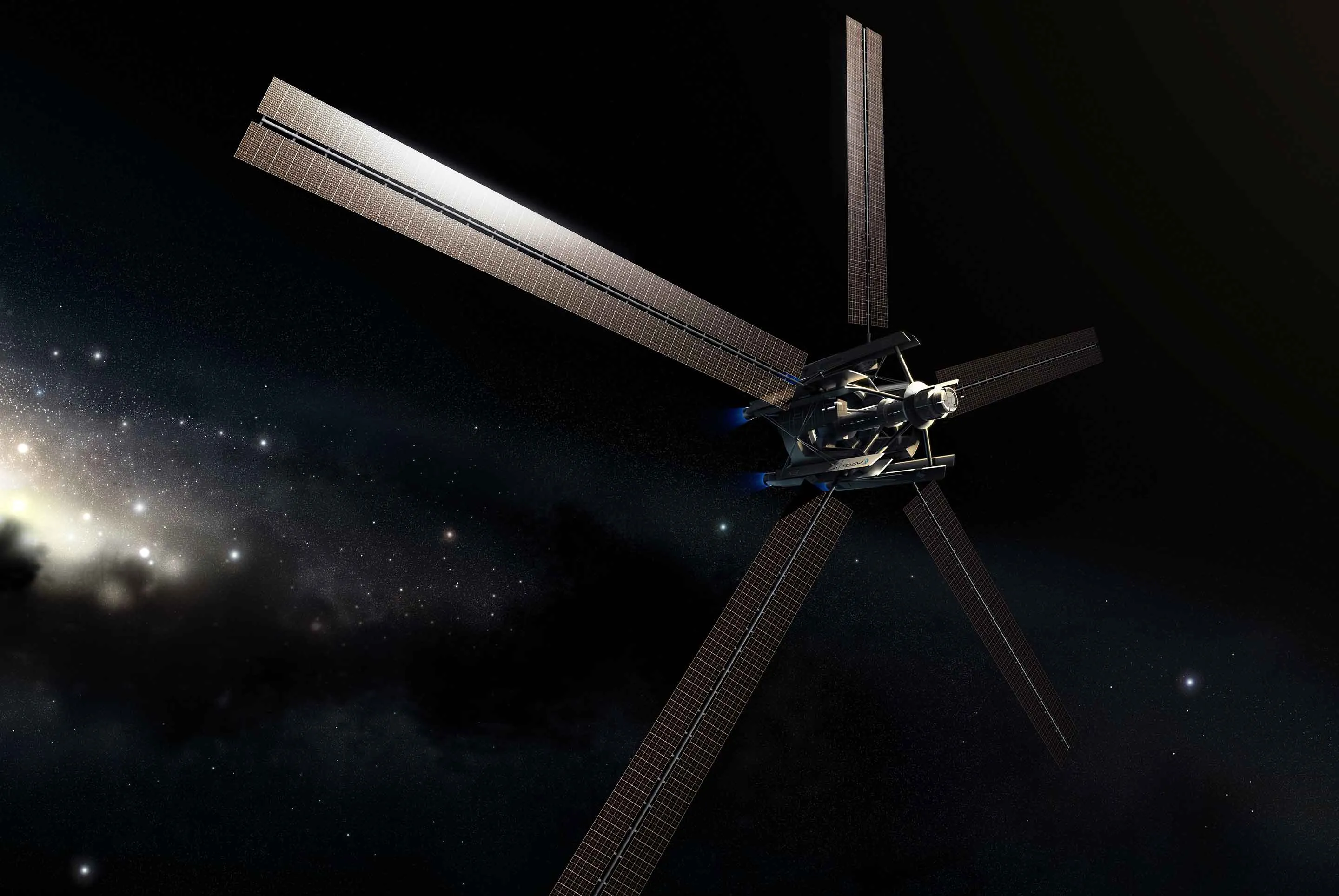 Services Products Our Work Innovation Contact
Services Products Our Work Innovation Contact Services Products Our Work Innovation Contact
Services Products Our Work Innovation Contact
Your Custom IT Solutions Experts
The Future is Yesterday
Experience the advantage of our tailored solutions. At Warp Speed Computers, we understand the uniqueness of every need.
Warp prioritises trust and long-term relationships through open, honest consultation, focusing on personalised solutions tailored to each client's needs.
Software Development is our passion at Warp. Collaborate with us and develop custom software that resonates with your business.
Whether you're working remotely or requiring inter-branch communication, we specialise in setting up and configuring the essentials to ensure accessibility at your fingertips.
Preventative consultation is key to protecting your business from damaging breaches. Discuss strategies with us to safeguard against malicious intent.
Collaborate with our team of experts to navigate through the labrinths of cloud computing. From custom solutions to full management, we are ready to support you.
Enjoy lightning-fast website performance and heightened security, all hosted locally in Auckland, New Zealand, for an optimised online experience.
Trusted by businesses worldwide, ESET protects your business endpoints, data, and users through its multilayered technology.
Microsoft 365 includes access to popular productivity tools such as Microsoft Word, Excel, PowerPoint, and Outlook, allowing users to create, edit, and collaborate on documents, spreadsheets, presentations, and emails.
By regularly backing up data, servers, and workstations, businesses safeguard against data loss due to hardware failure, cyberattacks, or accidental deletion.
This ensures that critical information remains accessible and intact, minimising disruptions to operations.
As our business and homes grow increasingly connected to the internet, the demand for a dependable network with complete coverage is rising.
At Warp, we offer expert advice and implementation for networks of any scale, ensuring your digital connectivity is seamless and robust.
Purchasing and setting up a server, either for your office or co-located at one of our datacentre locations, can be tricky. Every step requires in-depth knowledge of jargon and licensing requirements.
Let Warp handle the intricacies, so you can concentrate on what you do best—running your business.
Purchasing laptops and workstations from Warp Speed Computers eliminates the hassle of selecting the right model or features.
We customise our recommendations to align with your needs without overwhelming you with endless questions.
For most businesses, hardware requirements are similar, allowing us to standardise your inventory and secure the best prices.